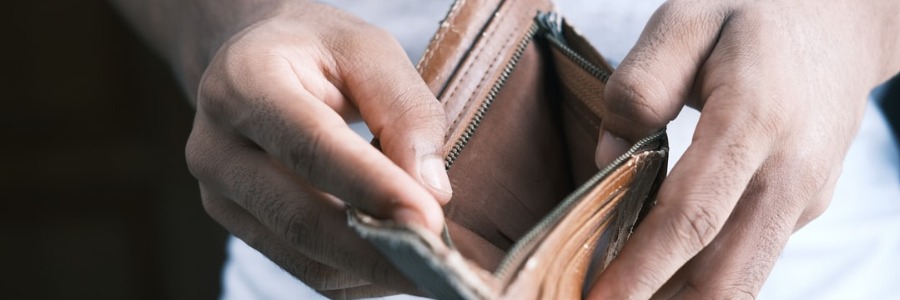For debtors, the path they traveled which led to a bankruptcy is long and varied. There were generally many signs along the way that point towards a looming bankruptcy. For many debtors, the final indicator that a bankruptcy is their best option is a wage garnishment or a bank levy. Prior to that point, the creditor’s only option had been to accept voluntary payments from the debtor.
With a wage garnishment or a bank levy, the creditor can now force the debtor to make involuntary payments. It is the involuntary nature of these payments, coupled with the fact that a garnishment is 25% of every paycheck and a bank levy is 100% of the funds on deposit, which often triggers a debtor to file bankruptcy.
When a debtor files for bankruptcy and an involuntary payment has been made to a creditor in the 90 days before filing, it is possible to recover those funds for the debtor as a preferential transfer. The funds that the creditor obtains by a garnishment or a bank levy are a preference under 11 U.S.C. § 547(b) because the garnishment or levy is a transfer of an interest in the property of the debtor to a creditor made while the debtor was insolvent and within 90 days before the date of filing. This transfer has therefore enabled the creditor to receive more than it ordinarily would not have received but for the transfer.
In order to recover the funds for the debtor, certain requirements must be met. First, the amount garnished in the 90 days before filing must equal $600.00 or more. Also the garnishing creditor must have actually cashed the checks from the debtor’s payroll within the 90 days. Because a garnishment is a two step process (step one: payroll withholds the debtors wages; step two: the money is sent to the creditor), it is possible for a debtor to have had money taken out of his/her pay without that money every reaching the creditor. It is therefore important to determine which funds were remitted to the creditor and when.
Any funds still being held by payroll at the time of filing will be returned to the debtor, not because it is a preference, but because it violates the court’s injunction which takes effect at the time of filing.
Second, the debtor must have listed this preference on the Statement of Financial Affairs and on Schedule B and have exempted it on Schedule C of their bankruptcy petition. In essence, the garnishment is an asset which must be protected using the debtor’s exemptions. If the debtor does not have room to protect the garnishment under the debtor’s exemptions, the Trustee assigned to the case will be entitled to the returned garnishment. If the funds are taken by the Trustee, the Trustee will then redistribute the funds more fairly amongst all of the debtor’s creditors after paying their own fees.
Third, no objection can have been filed by the creditor in question. If an objection to the dischargeability of the debt in the bankruptcy is raised, that matter must be resolved before a recoupment of the garnished funds can be considered.
Once it is determined that the garnishment is recoverable, a debtor can seek the proper method of recovery. If the creditor does not return the garnishment voluntarily, a debtor has the option to sue the creditor to return the preference. Generally, creditors will return the funds voluntarily to the debtor once a demand letter has been sent. The window of opportunity to file the law suit is only open during the pendency of the bankruptcy. After that point, the debtor has no legal remedy if the creditor refuses to cooperate and can only hope that the creditor returns the funds voluntarily.
It is important to understand the timeline associated with a garnishment recovery. Sending a demand letter before the time limit for the creditor’s objection to be filed has passed, for example, is pre-emptive: the debtor is not yet entitled to that preference. By the same token, filing a law suit to recover the funds too late can preclude recovery entirely.




